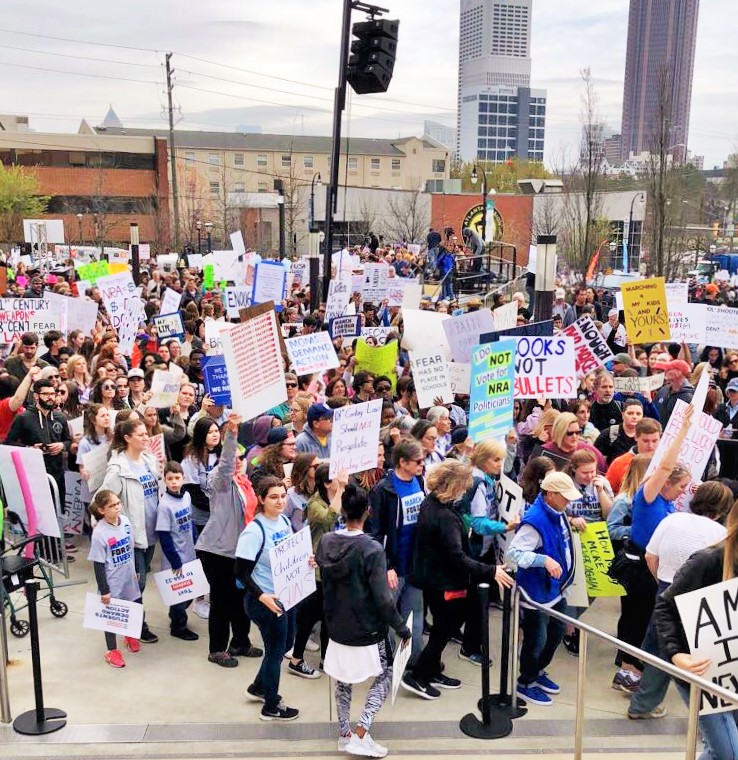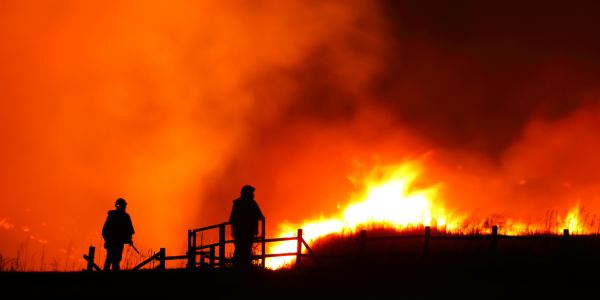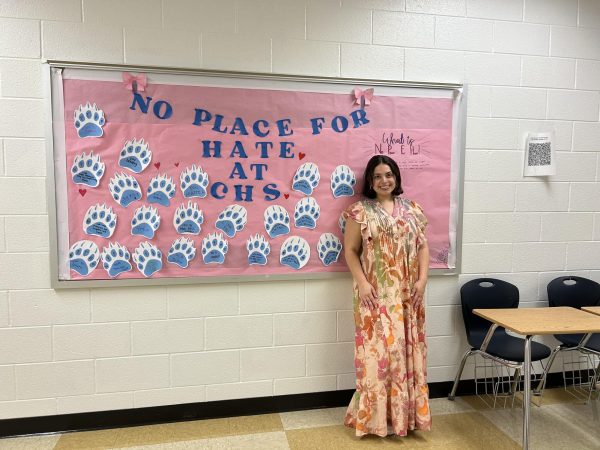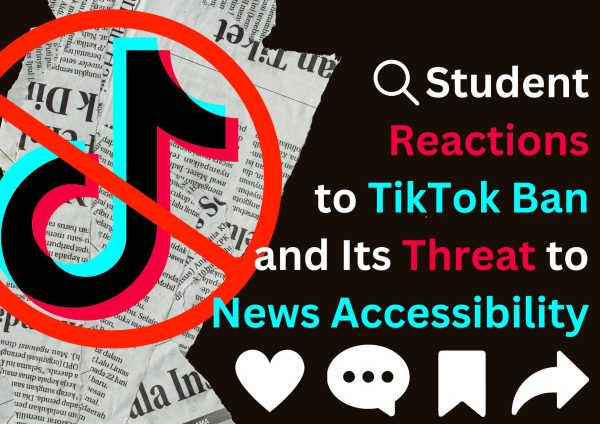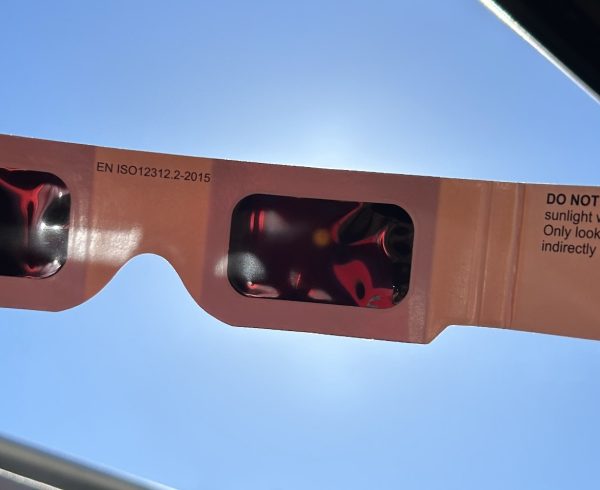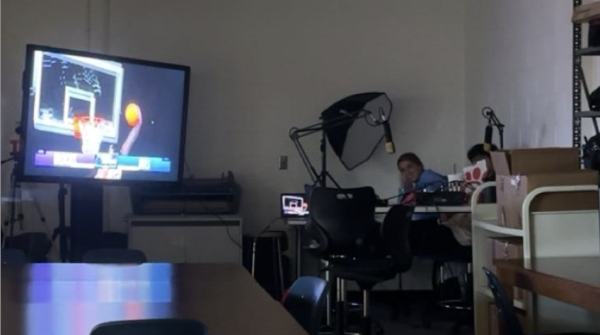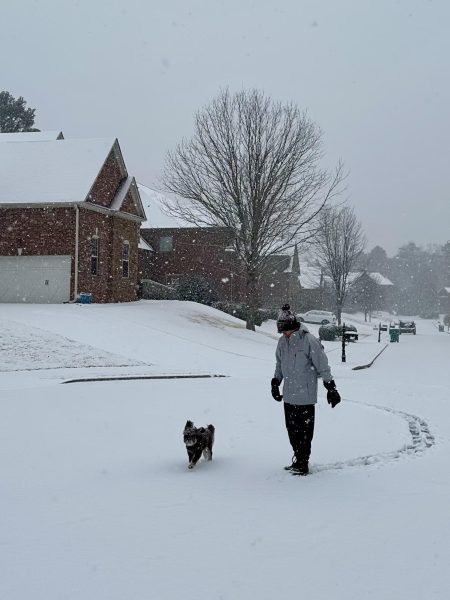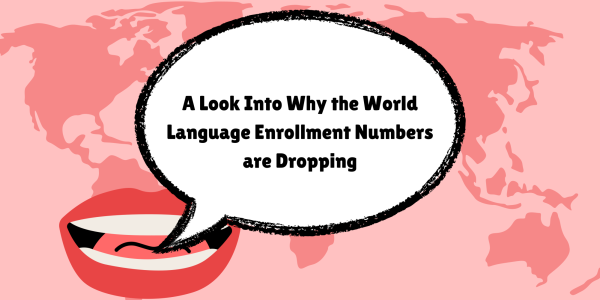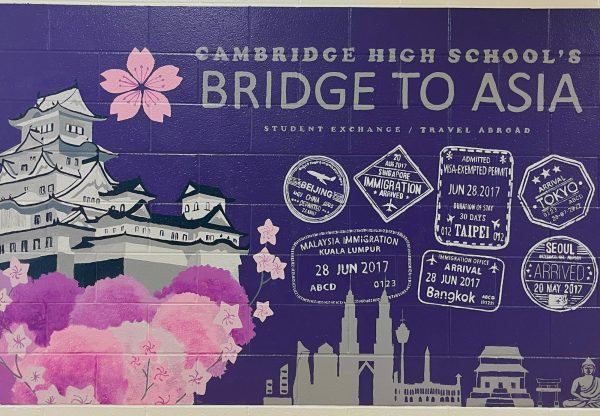Movements Against Gun Violence Gain Increasing Traction Across America
Protesters at the March for our Lives, many of whom are holding signs in support of the movement.
February’s deadly shooting at Marjory Stoneman Douglas High School in Parkland County, Fl. has become a political skipping stone, sending ripples of debate and change across the United States.
The survivors of the shooting have assumed a centric role in the fight against gun violence.
They planned several acts of protest, with one of them being a national school walkout. This was held Friday, the 19th anniversary of the shooting at Columbine High School.
Another protest, the March for our Lives, occurred on Saturday, March 24. The march was organized to protest gun violence, as a response to the Parkland shooting.
The march began at the Center for Civil and Human Rights and ended at Liberty Plaza, near the state capital building.
The event opened with speakers such as Atlanta mayor Keisha Lance Bottoms and Congressman John Lewis, a civil rights pioneer who was the youngest speaker at the historic March on Washington in 1963.
They spoke out about the necessity of “common sense gun legislation” and how the issue of gun violence shouldn’t be a divisive partisan squabble.
This message seemed to resonate with many members of the audience.
“I think it was really good that everyone came, especially since we’re in a Republican state,” Cambridge freshman Estatira Kahvazadeh said the following week at school.
A distinct facet of the march was the heavy involvement of youth protesters. Many of those present at the march appeared to be teenagers.
“Most of them were kids,” said Kahvazadeh.
This was most likely due to the increasing nationwide concerns about school safety, as the number of school shootings in America continues to rise. The survivors of the Parkland shooting have been active in speaking out about the issue, and they have sparked a nationwide conversation.
March for our Lives was largely youth-oriented, as the Parkland survivors played an active role in its creation and organization. This youth-led determination was reflected in the increasing involvement of young people in the movement against gun violence.
“Young people were the ones speaking out,” said sophomore Sydney Pero, who also attended the march.
The presence of many high school students as speakers and hosts also emphasized the importance of the youth voice.
Many of them discussed the importance of young people becoming aware of current events and getting involved in the political process, especially as many approach the voting age.
“Young people need to be aware of politics and what’s going on in the world,” said Pero.
The significance of the next election was stressed by many speakers, as attendees were encouraged to vote against legislators and other elected officials who had accepted money from the National Rifle Association (NRA).
Looking forward, the march is expected to become an annual event, due to its popularity. The city of Los Angeles has already planned another march for 2019.
The movement has clearly gained traction all around the country; on the day of the march, attendance in Atlanta was not expected to exceed 8,000. However, over 30,000 people showed.
The massive crowd seemed to stretch for miles, and it was comprised of people from all walks of life. Everyone, from high school students to families with young children and white-haired grandparents, gathered under the cold, gray sky with handmade signs and posters held high.
On the march route, an exhibit had been placed, consisting of 14 black school desks, each one empty. They represented the 14 students who died in the Parkland shooting.
Passing marchers swarmed the exhibit as they walked by, and many had taken chalk and scrawled messages such as “my right to live is greater than your hobby” onto them.
Posters, most of which appeared to be homemade, were held high throughout the crowd with painted-on phrases like “One child’s life is worth more than every gun” and “Fear has no place in schools.” Spots of orange, the national color for gun control, dotted the crowd.
“I personally thought it was really empowering to see a lot of young people there, just coming together,” said Pero, adding that the presence of young people wasn’t the only diversity she noticed. “A bunch of different races coming together was really empowering,” she said.
Despite having such vastly different backgrounds, everyone seemed to stand under a banner of unity.
“You felt like you were a part of something,” said sophomore Megan Cashman. “I think it’s really amazing to see how many people in our community really care about this issue.”
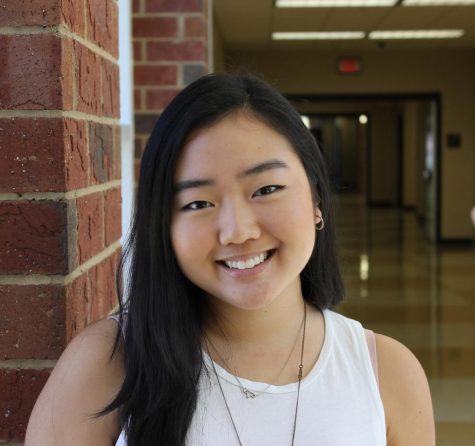
Cherise Kim is a senior and a fourth-year reporter. She serves as President for Model UN, Young Democrats and National Social Studies Honors...
